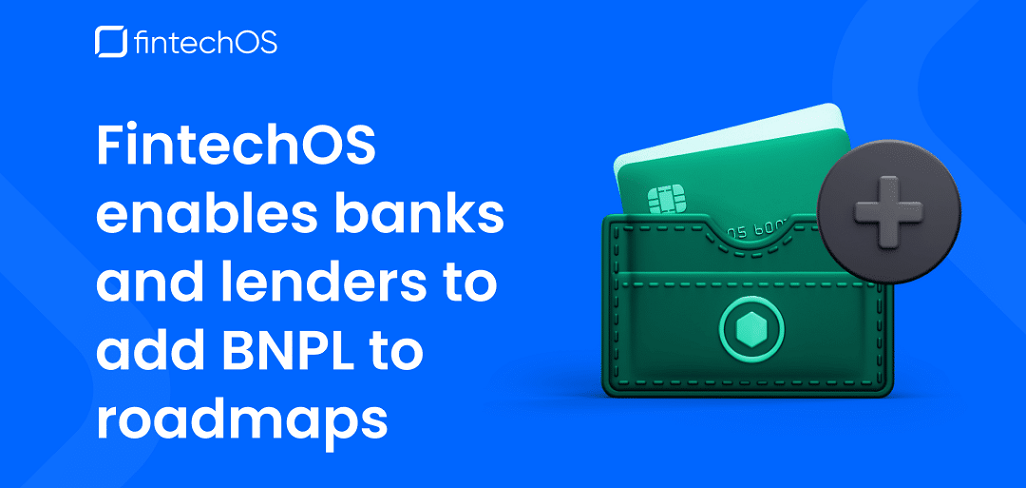
FintechOS has launched new features in its platform allowing digital innovation teams in banks and other lenders to create their own Buy Now Pay Later (BNPL) solutions.
„With experience helping banks and lenders build digital lending products, including a number of pioneering embedded finance projects in Europe, FintechOS is uniquely placed to empower established financial brands to step outside the box of traditional payments and credit product definitions, and tap into the growth potential of the booming BNPL market,” according to the press release.
While the global pandemic fast-forwarded the growth of ecommerce by 10 years, many established banks and lenders have found their products are still frustratingly stuck in the past due to limitations of their technology stack and the lack of control afforded to their digital teams.
Meanwhile, challengers like Klarna and Monzo have been fast to capitalize on the opportunity in payments and offer BNPL solutions that are both more convenient and more inclusive than traditional credit cards.
„FintechOS believes all banks and lenders should be leaning into this trend as a way of bringing in new generation customers, generating new sources of non-interest revenue via merchant fees, and diversifying the value proposition of their digital current accounts and payment wallets,” the company explains.
FintechOS provides digital teams in banks and lenders with a lean full stack financial innovation platform that allows them to build and edit BNPL and embedded lending products, customer journeys, and business automation logic in a single orchestration platform, empowering a wide range of digital developers and stakeholders via an open, low-code approach.
Examples of financial products that can be created specifically to be embedded in ecommerce checkouts and other points-of-sale include true “pay later” offers where the customer pays nothing until a later date, e.g. 30 days, and “sliced” or “split” payment offers where a purchase is paid in installments, usually interest-free if paid completely in a given time frame.
BNPL and embedded lending propositions created with FintechOS technology can be integrated into existing business administration systems or administered via fully configurable customer and staff portals, so that the business can run the complete lifecycle of BNPL lending and servicing in a highly tailored model, while also benefiting from the scalability and performance of the underlying cloud-native SaaS-based technology stack.
„Having successfully completed several pilot projects with embedded finance pioneers in Europe, we’re delighted that Buy Now Pay Later features are now generally available to global banking and lending enterprises to create and iterate their own natively embeddable products and journeys. These are very exciting times for financial innovators and we look forward to seeing what digital maker teams will create next using the FintechOS platform.” — Marcio Spinola – Chief Product Officer, FintechOS
„Right now we as an industry are just scratching the surface of BNPL opportunities – we can see them becoming more and more exciting in the future.” — Laura-Maria Vizir – Chief Product Officer, TBI Bank.
Banking 4.0 – „how was the experience for you”
„To be honest I think that Sinaia, your conference, is much better then Davos.”
Many more interesting quotes in the video below: